San Luis National Wildlife Refuge
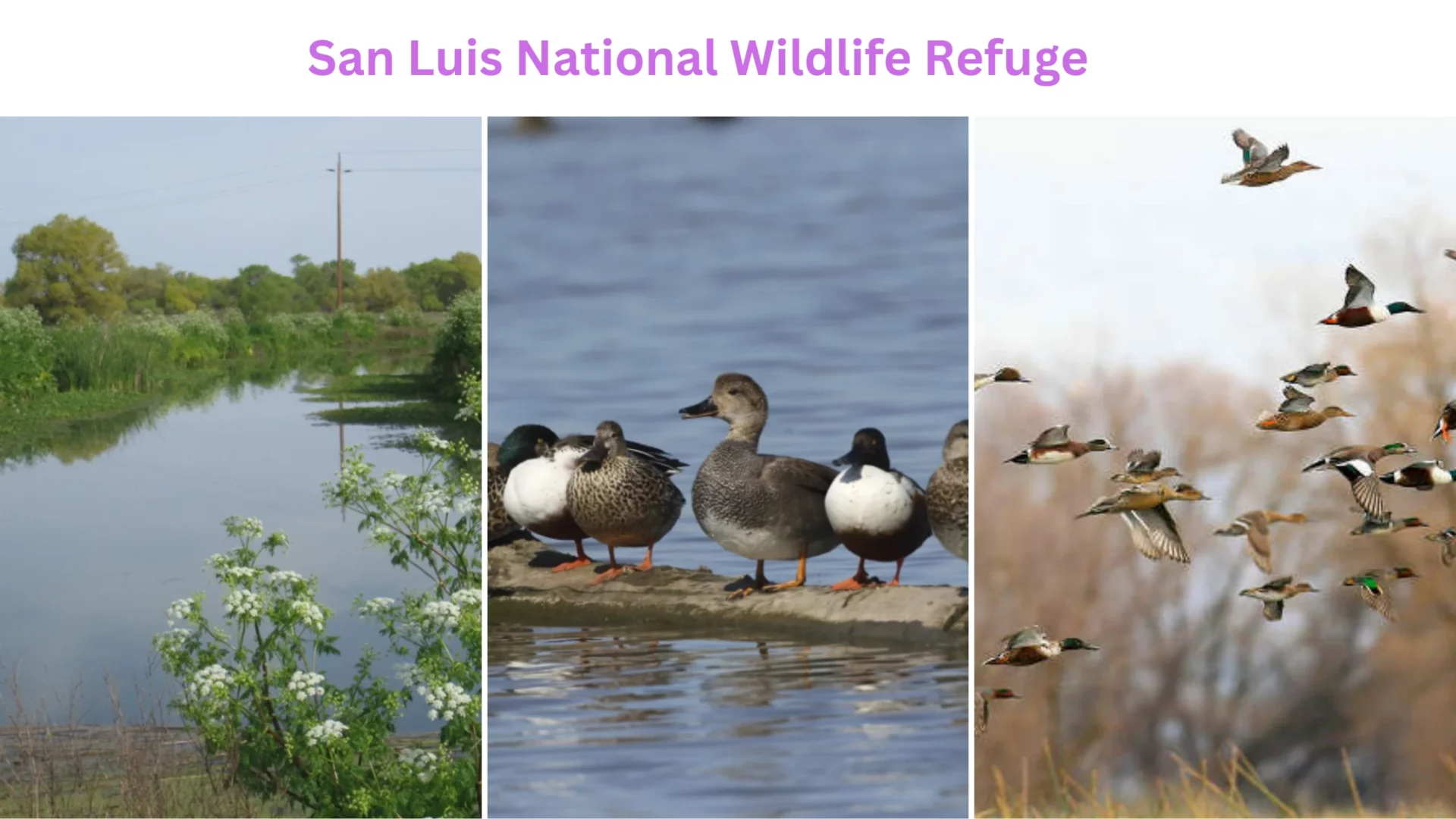
San Luis National Wildlife Refuge in the San Joaquin Valley in Central California is representative of the disappearing wintering areas in the Pacific Flyway that were previously frequented by millions of migratory birds. You’ll find wooded channels and oxbows, natural grasslands, and wetlands within the Bear Creek, Salt Slough, and San Joaquin River floodplain.
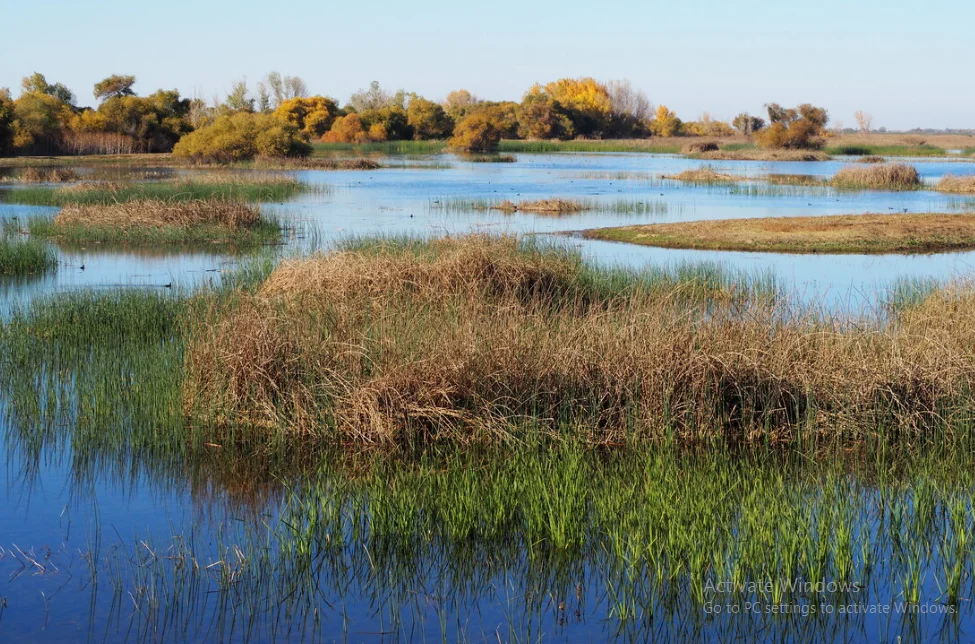
Natural food supplies for migrating ducks are controlled on a massive scale, with a network of canals and marsh areas covering hundreds of acres. San Luis also has the largest remaining system of Central Valley’s original grasslands, shrubs, and vernal pools.
Countless numbers of ducks, including mallards, pintails, and the manufactured wetlands attract green-winged teal and ring-necked ducks, while the beautiful but mysterious wood duck lurks in the shadow and makes its home in the slough channels lined with trees.
Birds such as herons and egrets use the refuge’s stately oaks and willows as nesting sites; they subsequently feast-based since there are so many frogs and crayfish in the refuge: songbirds, raptors, and nocturnal birds of all kinds frequent wildlife sanctuaries.
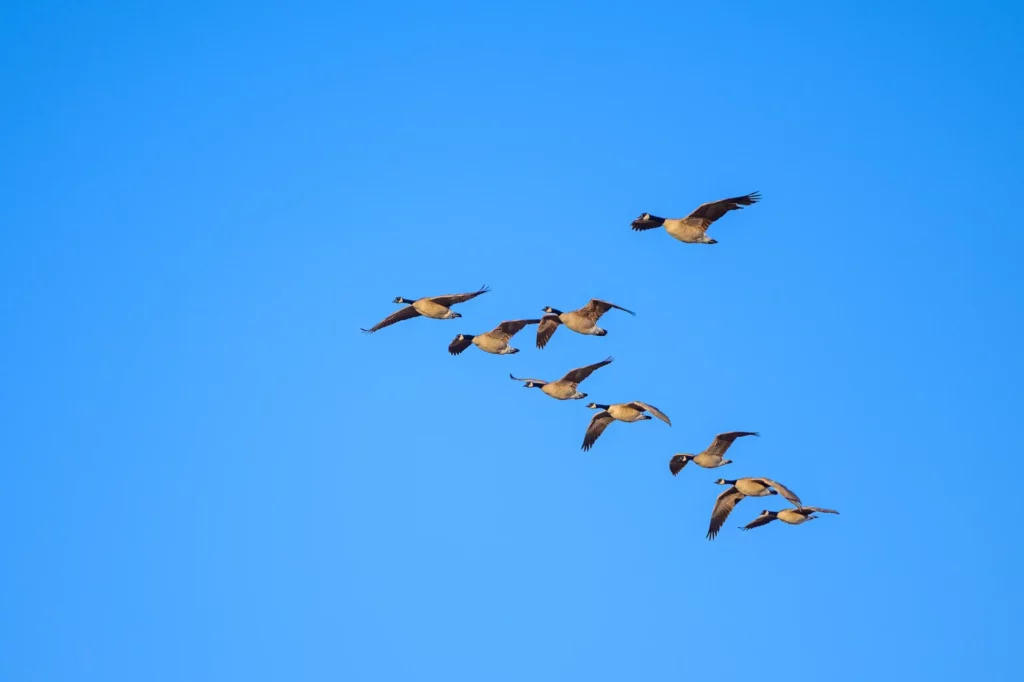
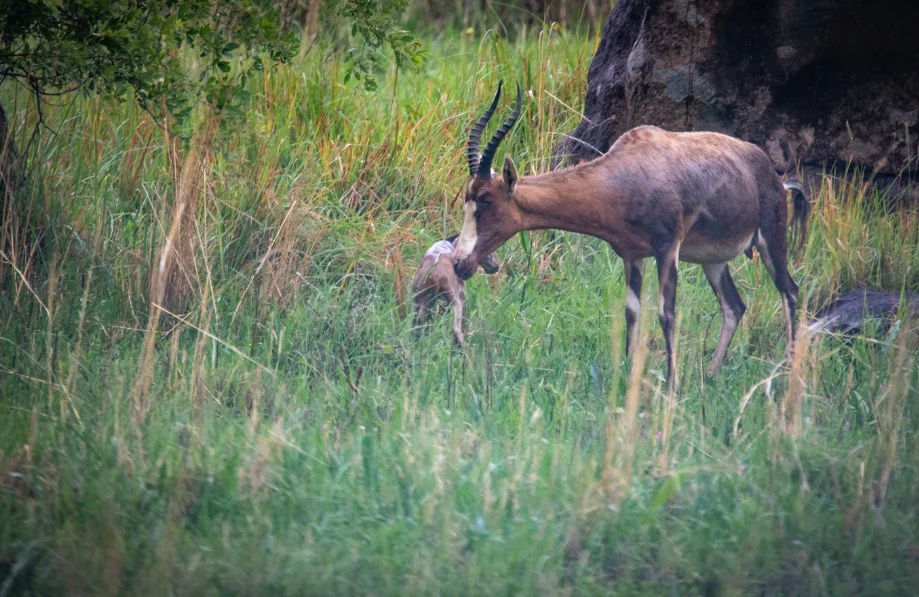


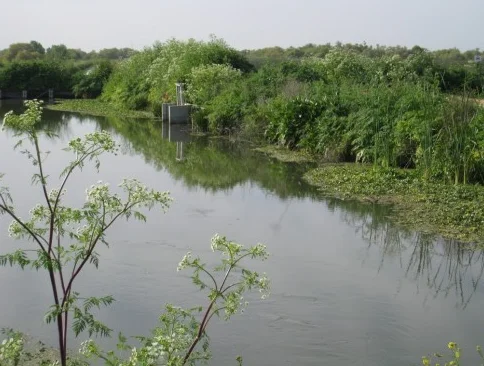
One of the most significant areas for Pacific Flyway migratory birds to spend the winter is the San Joaquin Valley in Central California. The early Spanish explorers wrote extensively about the huge marsh areas of the Valley and the great flocks of ducks and geese that darkened the sky with their sheer numbers. The floodwaters accumulated along the rivers during the fall and winter storms created these wetlands. As spring turned to summer, the melting snows of the high Sierra Nevada continued to produce flooding.
Most of the Valley was enclosed by Spanish land grants and used for cattle ranching on the open range. Cattle were a crucial food supply after finding gold in California attracted massive crowds. In the 1850s and 1860s, raising cattle was the primary economic activity. During this time, millions of tule elk, antelope, deer, and thousands of ducks and geese were slain to feed starving miners. Intensive farming in the Valley began in the 1870s.
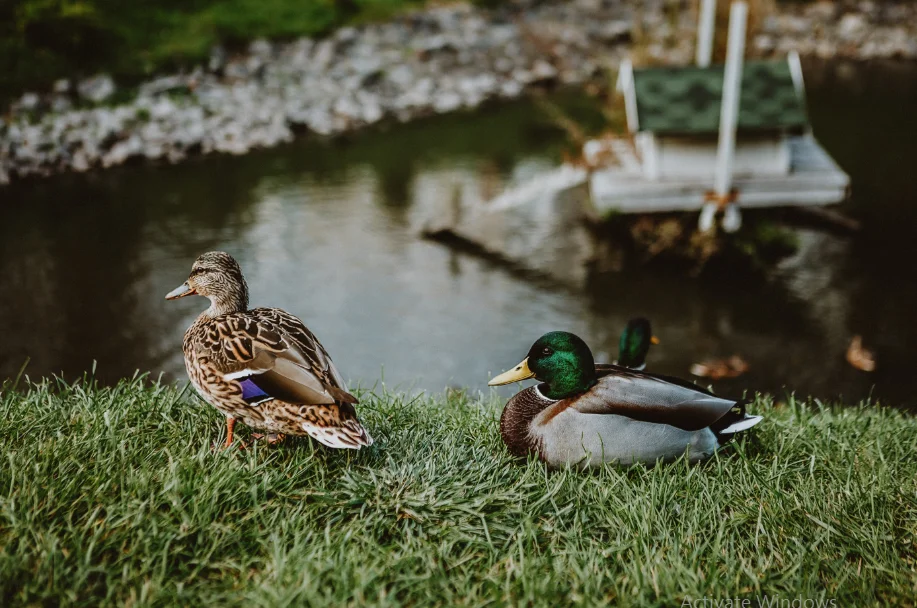
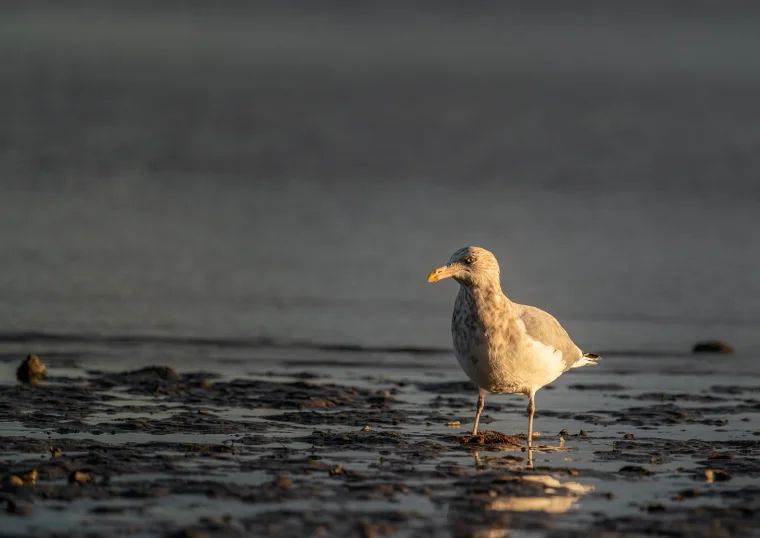

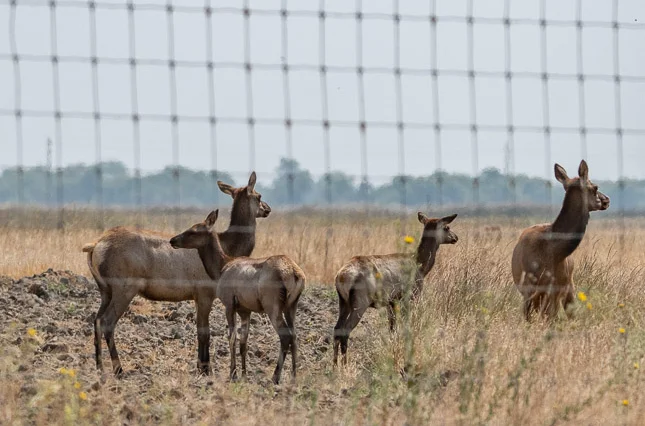
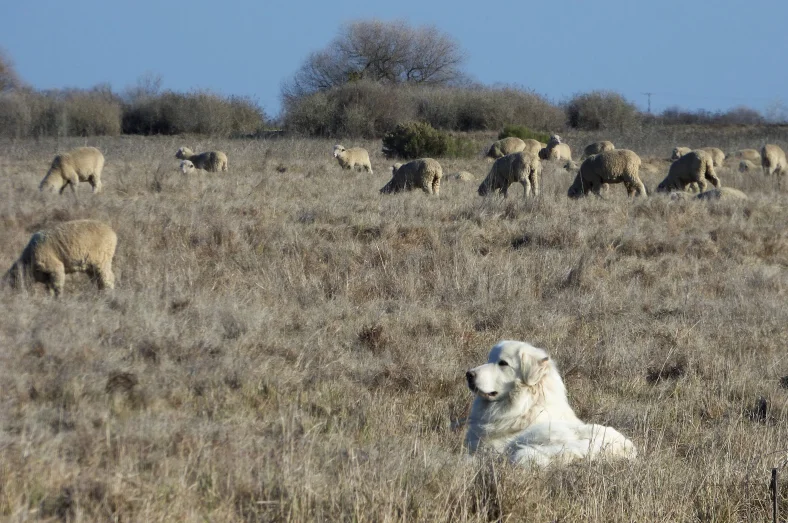
Address: 7376 Wolfsen Rd, Los Banos, CA 93635, United States
Opens–Closes: ⋅8 am -4:30 pm
Phone: +1 209-826-3508
Email: SLVrefuges@fws.gov.
Area: 107.6 km²
Management: U.S. Fish and Wildlife Service
Established: 1966
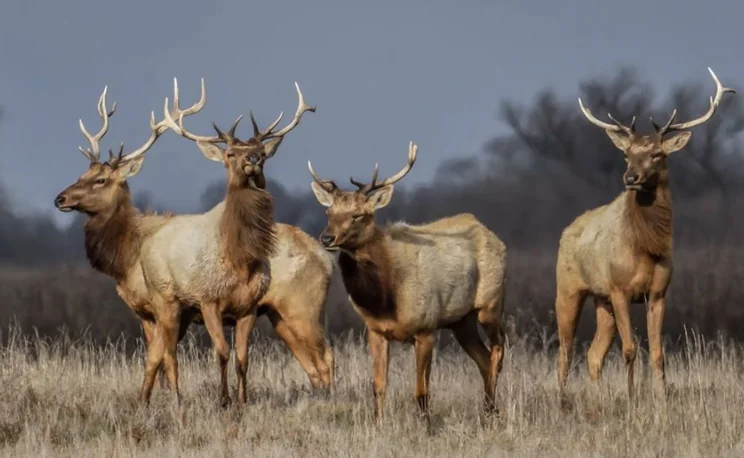

You must be logged in to post a comment.